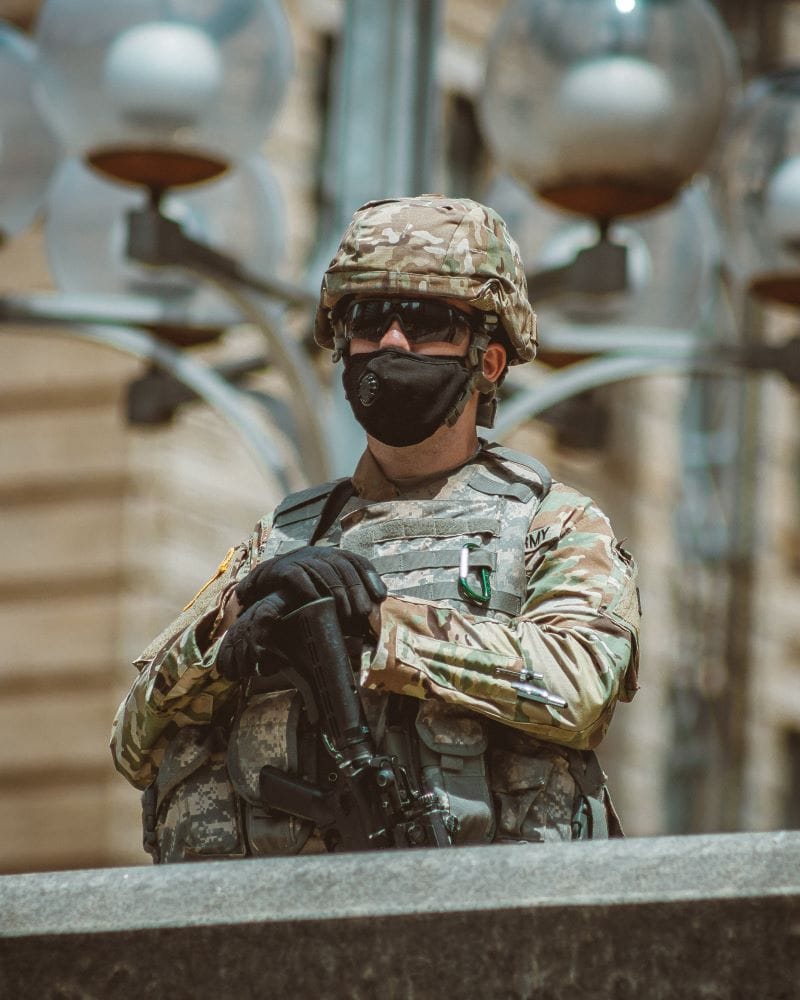
No bulletproof vest is really “bulletproof”; here’s why
The reality about bulletproof vests is that they’re not bulletproof, they’re bullet resistant. The concept of being bulletproof connotes that it is impenetrable and unaffected by the shot of the bullet rounds. This is not totally true.
Another reality is that bullet-resistant vests don’t protect the wearer from every threat. Nothing is bulletproof, not even a manhole cover. In an extremely minute percentage of cases, a bullet can get through a vest that’s been rated to stop them. Sad, but true!
The bullet could have a serrated edge or something like it. So, you should know that bulletproof vests do not make the wearer become Superman. Here’s what I mean.
Body armor and bulletproof vests are often comprised of strong non-woven and/or woven ballistic fibers. The material will stop a bullet similar to how a net will stop a tennis ball or volleyball. It causes the bullet to turn, slow it down and send its energy through the whole panel. The bullet mushrooms, which helps in the process. Keep in mind that the slower the bullet is, the better off the wearer is going to be. Bullets that have a hard tip or fired at a high velocity will get through the fibers and right through the bulletproof vest.
Also, bulletproof vests are not made to last forever. Most of the United States’ body armor has a standard National Institute of Justice five-year service rating. When a vest is worn each day, it loses the protective capability quicker than one that sits on a shelf. It doesn’t matter how short or long the body armor is worn, the vest should be carefully looked over for any signs of damage – creases, tears, smells and burns. If properly taken care of, the vest should last five years.
You can read all the rest of our blog posts here.